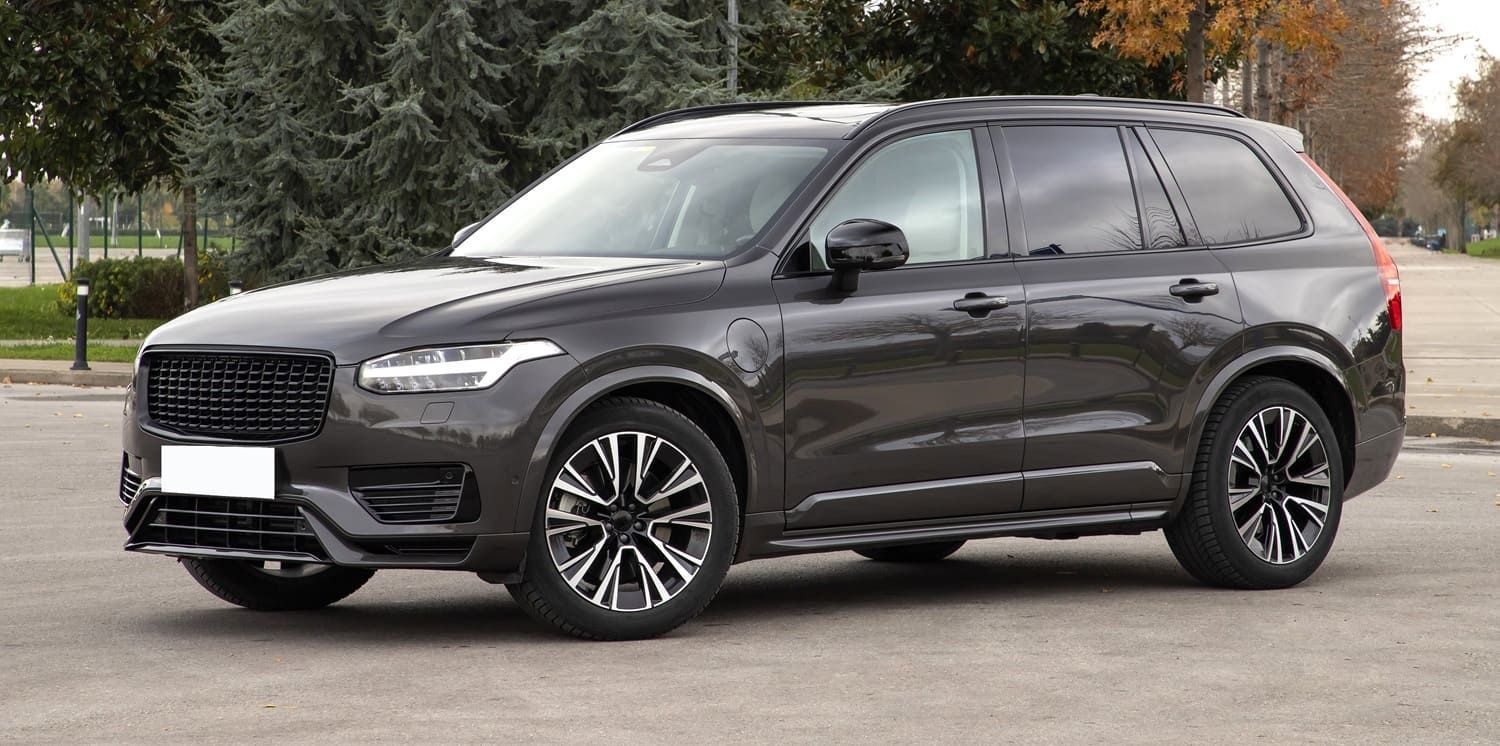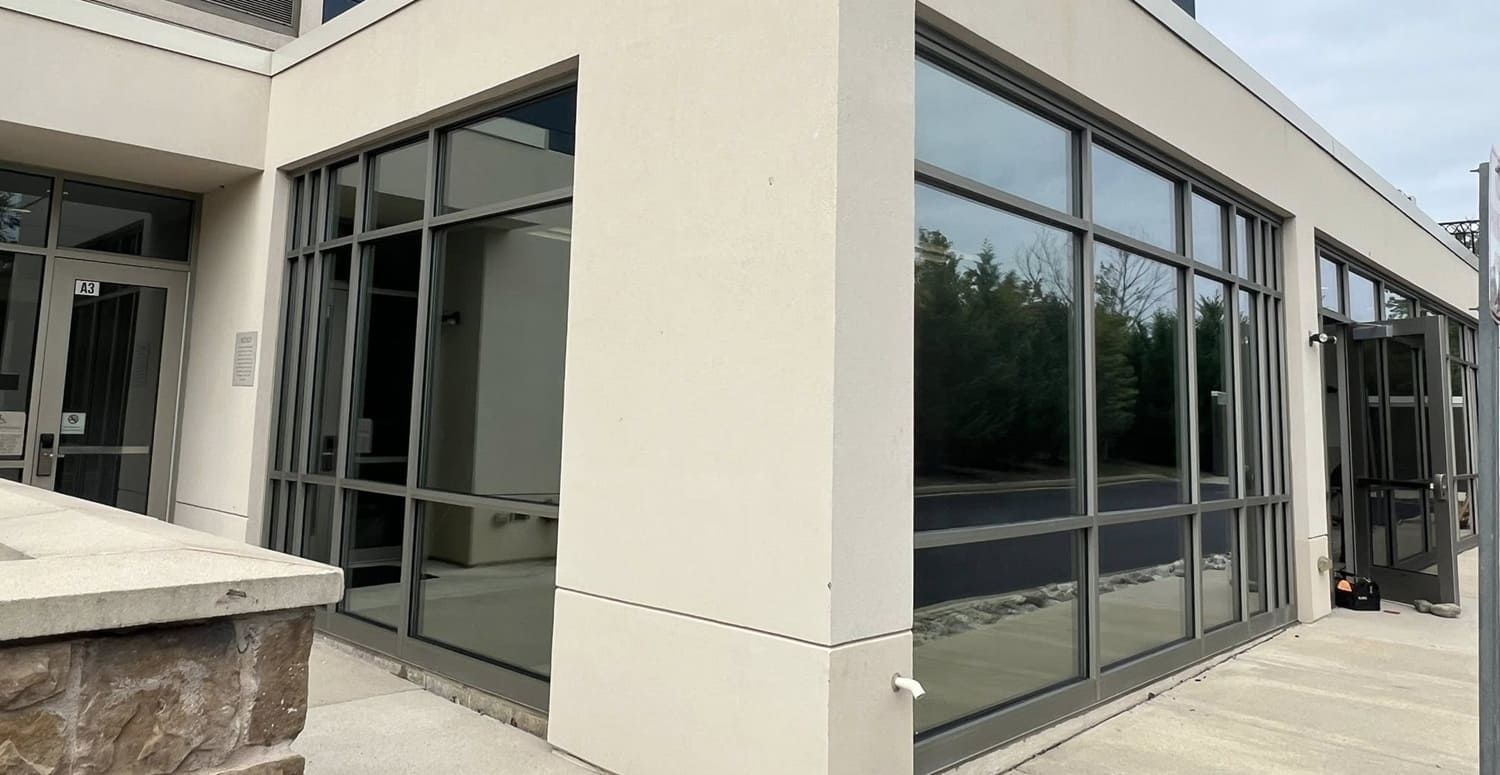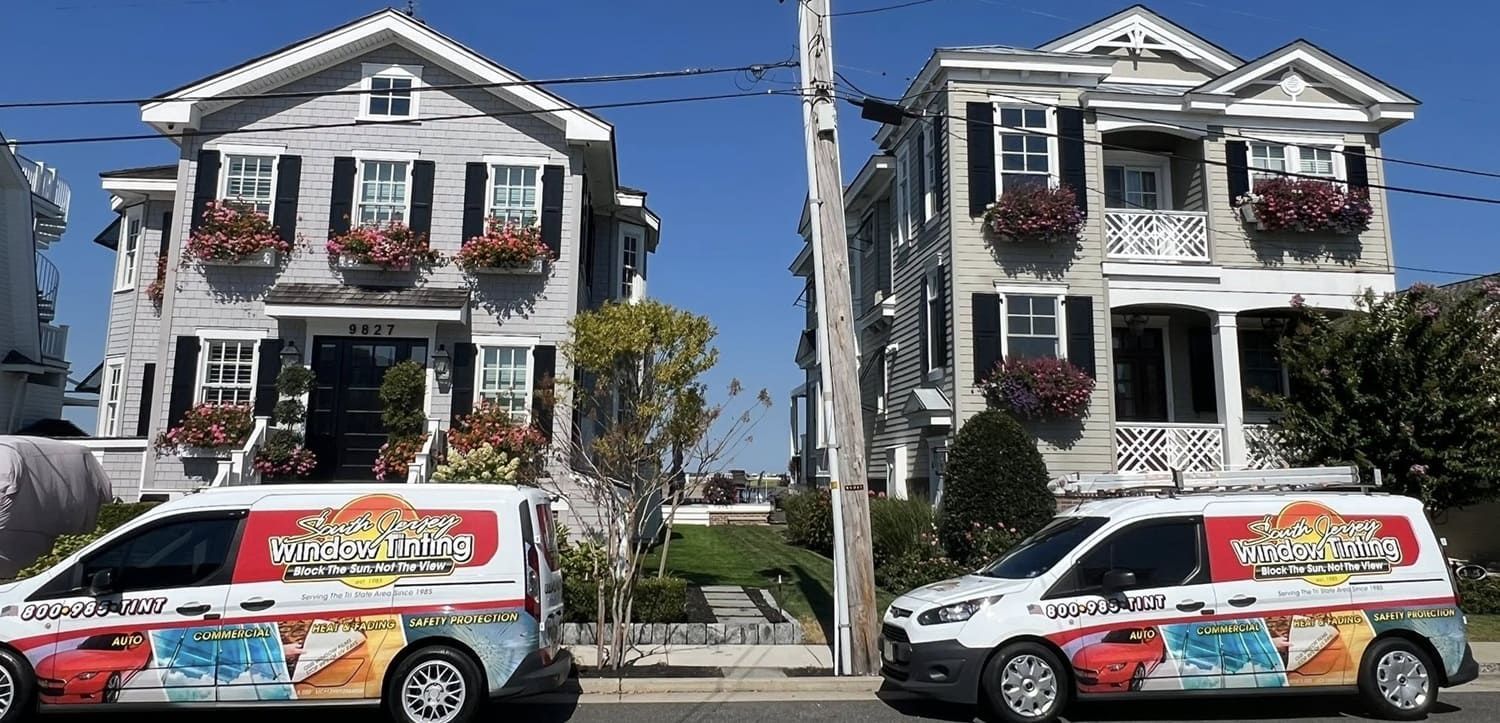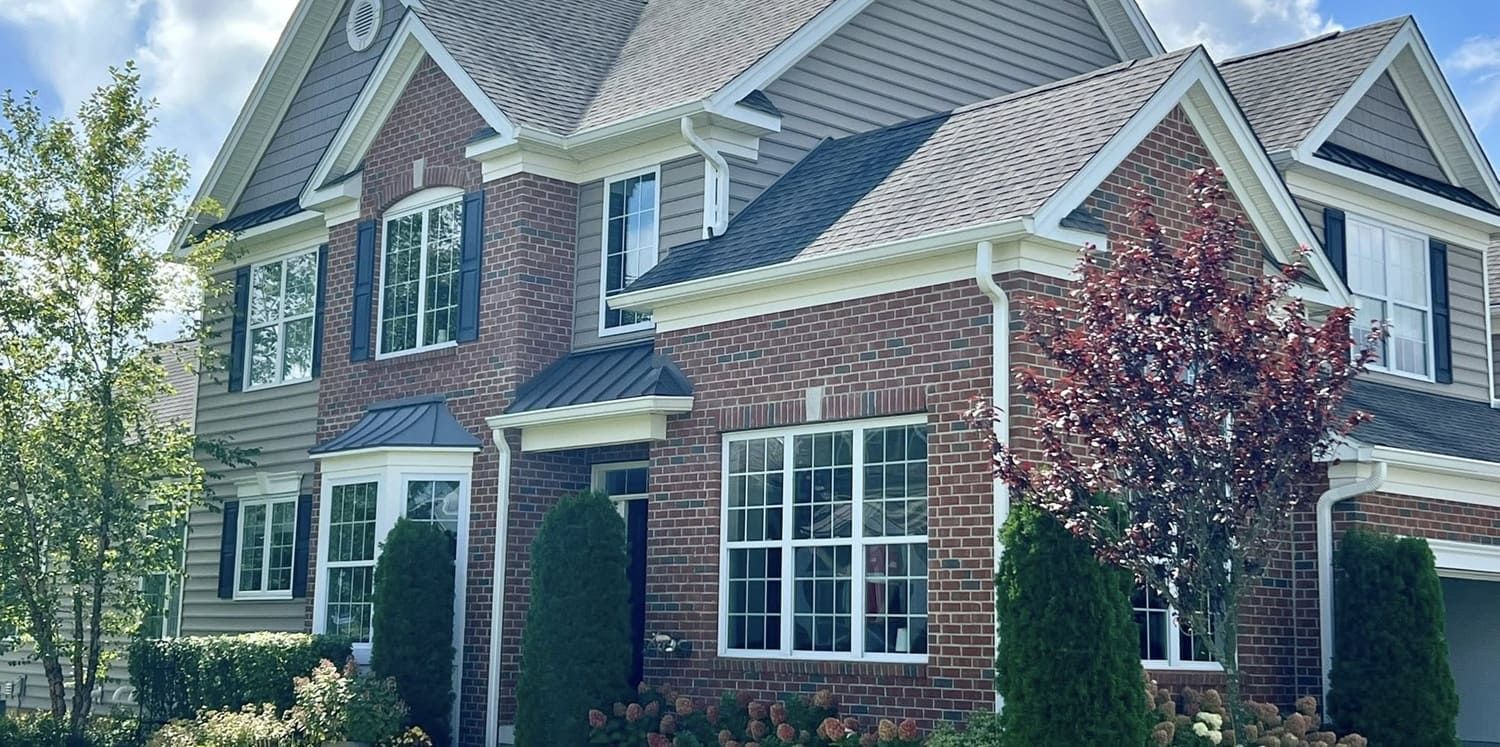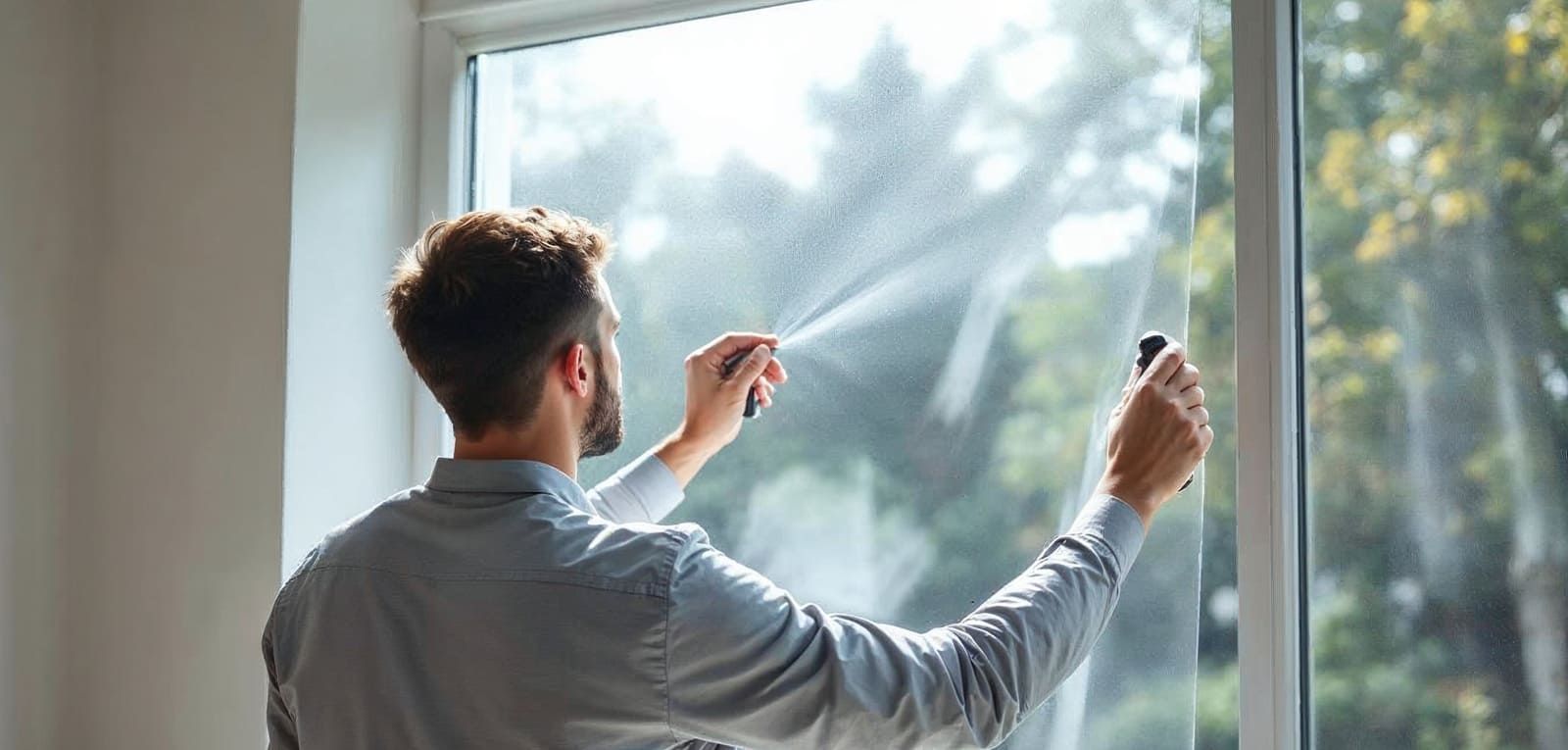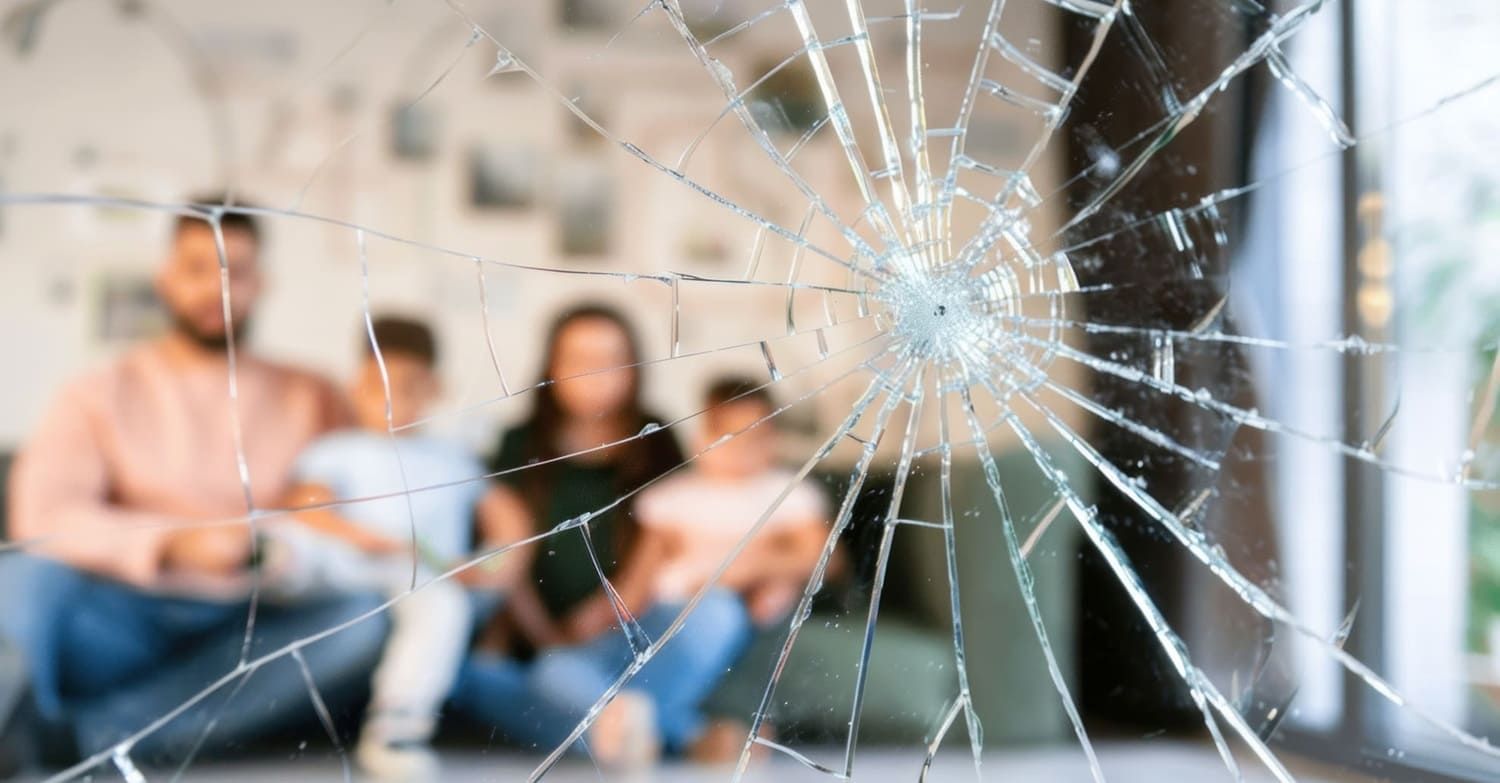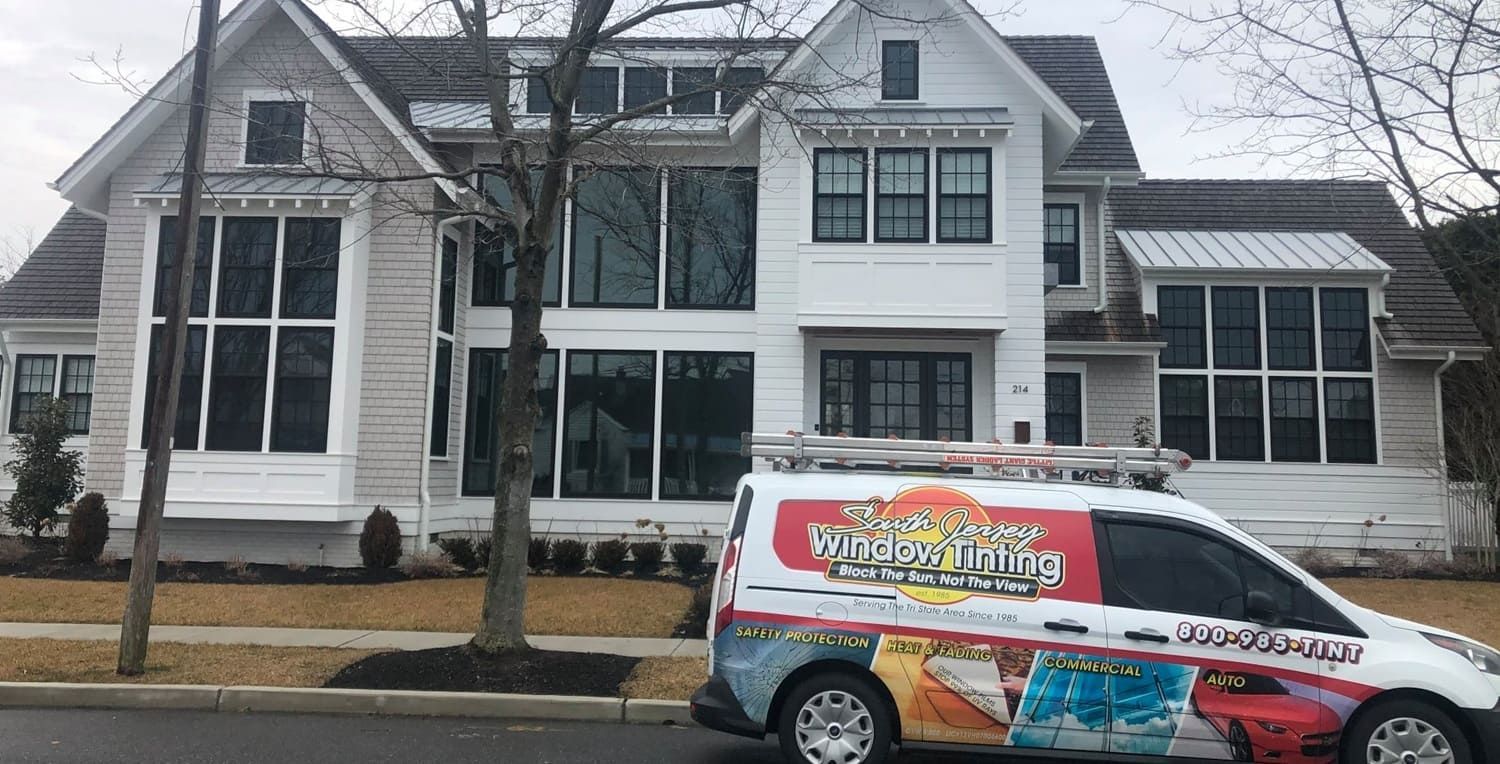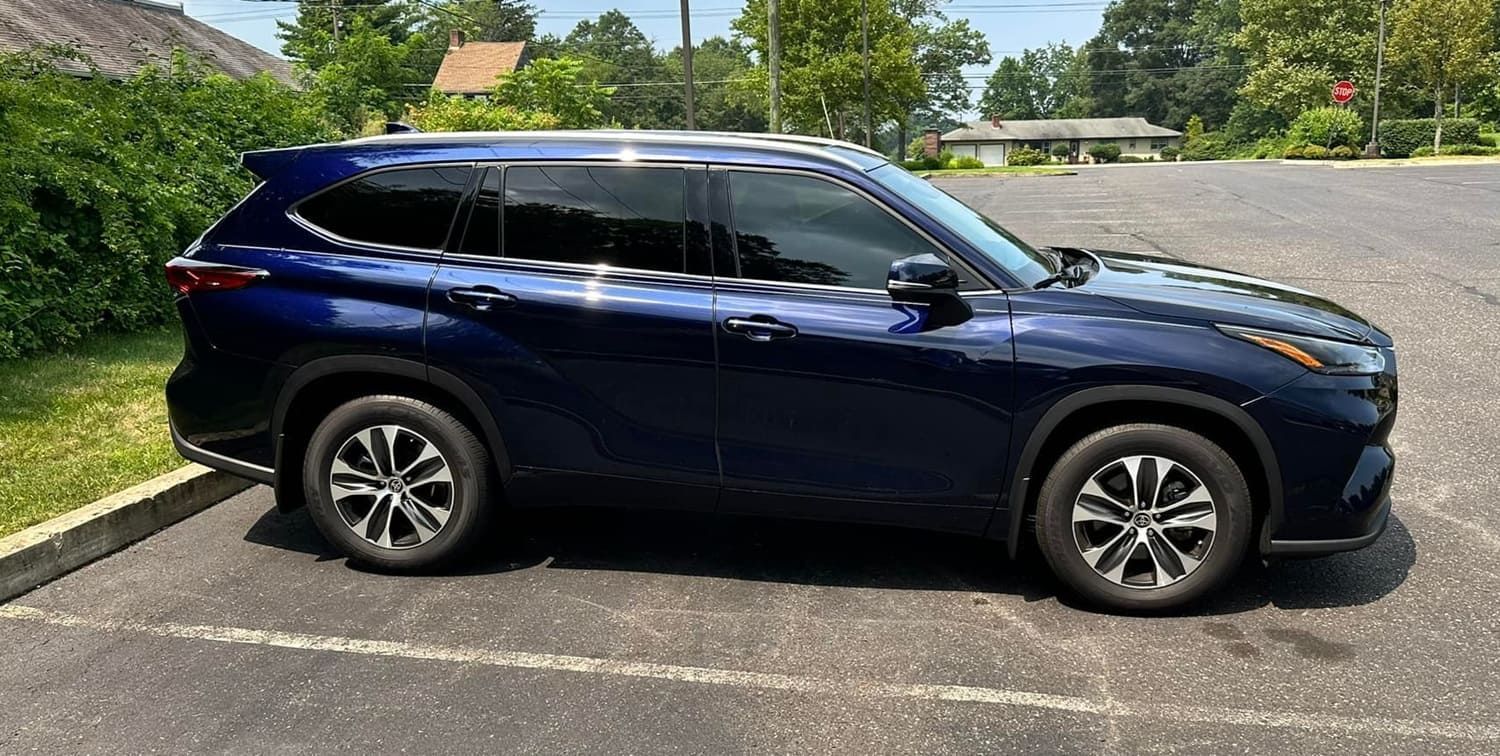How Long Does Automotive Safety Film Last?
Automotive safety films are a crucial addition to any vehicle. They enhance safety by holding shattered glass together during accidents. But how long do these films last?
Understanding the durability of automotive safety films is essential for car owners. It helps in making informed decisions about vehicle protection.
Several factors influence the lifespan of these films. Quality, installation, and maintenance play significant roles.
High-quality films, when properly maintained, can last between 5 to 10 years. Regular care and professional installation are key to maximizing their lifespan.
This guide will explore the factors affecting automotive film durability. It will also provide tips for extending the life of your automotive protection film.
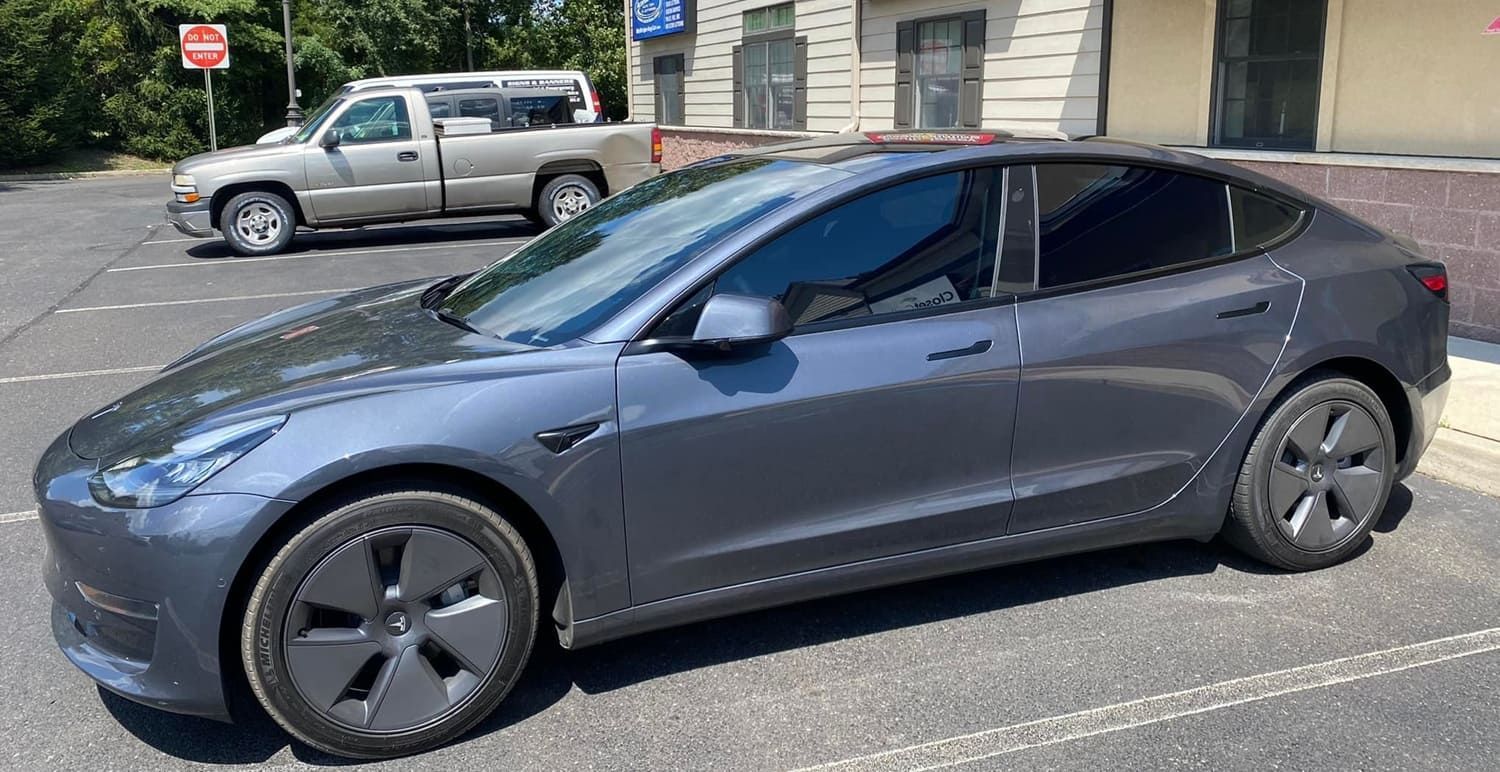
What Is Automotive Safety Film?
Automotive safety film is a transparent layer applied to vehicle windows. It enhances safety by holding glass fragments together if shattered. This feature is invaluable during accidents, reducing injury risk from flying glass.
These films aren't just about safety. They also provide a host of other benefits. Here are a few:
- UV Protection: Blocks harmful ultraviolet rays, reducing interior fading.
- Privacy: Available in different tints, offering varying degrees of privacy.
- Heat Reduction: Helps in lowering the interior temperature, enhancing comfort.
The film's composition typically includes a polyester base. It's coated with an adhesive that ensures it sticks firmly to glass surfaces.
Used both for aesthetic and functional purposes, automotive safety films enhance a vehicle's overall profile. The choice of film depends on individual needs and vehicle specifications.
How Durable Is Automotive Safety Film?
The durability of automotive safety film is a frequent consideration for car owners. It ranges widely based on quality and installation methods. High-quality films, when professionally installed, can last 5 to 10 years.
Several factors influence this durability. The film's exposure to elements plays a major role. UV rays, extreme temperatures, and pollutants all affect its lifespan.
Film thickness is another crucial factor. Thicker films generally offer enhanced durability and protection. Here are elements contributing to a film's durability:
- Film Thickness: Thicker films withstand wear better.
- Adhesive Quality: Stronger adhesives ensure a longer adherence.
- Scratch Resistance: Films with coatings resist abrasions more effectively.
Professional installation techniques also impact how well the film performs over time. Misapplication can lead to bubbling or peeling, reducing its effectiveness.
In summary, automotive film durability depends on a combination of its quality, environmental factors, and installation method. When these elements align, your vehicle enjoys enhanced protection and privacy for years.
Factors That Affect Automotive Film Durability
The durability of automotive safety films is subject to several variables. Environmental conditions are among the most significant factors. Constant exposure to the sun's UV rays can degrade the film over time.
Climate plays a pivotal role in film longevity. Extreme heat or cold can stress and crack the film. Similarly, pollution and salt exposure, especially in coastal regions, can shorten its lifespan.
The frequency and method of cleaning also affect durability. Harsh cleaning materials or rough sponges can scratch the film. It's essential to choose gentle, non-abrasive cleaning products to preserve the film.
Professional installation is critical for achieving optimal durability. Poor installation may result in bubbles and peeling, which reduce the film's protective capabilities.
Film adhesive quality also greatly impacts durability. High-quality adhesives ensure the film adheres well to the glass. This prevents peeling or shifting over time, maintaining the film's integrity.
Other factors include the quality and material composition of the film itself. Films with better scratch resistance coatings, and those that resist discoloration, tend to last longer.
- Environmental Conditions: Sun, heat, cold, and pollution.
- Cleaning Practices: Use gentle, non-abrasive products.
- Installation Quality: Professionally done installations last longer.
- Adhesive Quality: Quality adhesives enhance film longevity.
- Film Quality: Better material composition means a longer lifespan.
By understanding these factors, car owners can take measures to increase the longevity of their automotive safety films, ensuring extended protection and performance.
Typical Lifespan of Automotive Protection Film
The lifespan of automotive protection films can vary significantly. Generally, high-quality films last between 5 to 10 years under optimal conditions. This depends on several factors, such as care and installation quality.
Maintenance routines play a significant role in film longevity. Regularly cleaning the film with suitable products helps prevent early wear. Following manufacturer guidelines ensures the film maintains its effectiveness over time.
Films exposed to less harsh environmental conditions tend to last longer. Cars parked in garages or shaded areas face less film degradation. This helps extend the film's usable life significantly.
Film thickness also influences its lifespan. Thicker films often provide more durability and impact resistance. This makes them a preferred choice for car owners prioritizing extended protection.
- Longevity Range: 5-10 years for high-quality films.
- Maintenance Importance: Proper care prolongs film life.
- Environmental Protection: Less exposure extends longevity.
- Thickness Benefit: Thicker films last longer.
Understanding these aspects helps car owners maximize their film's lifespan. This ensures that the protective benefits continue for many years.
Signs Your Automotive Safety Film Needs Replacement
Even the best automotive safety films will show signs of wear over time. Awareness of these signs helps prevent compromised safety. Replacing the film at the right time ensures continued protection.
Common indicators include visible peeling and bubbling of the film. These are clear signs that the adhesive is failing. Such damage reduces the film's effectiveness in holding shattered glass together.
Fading and discoloration are also concerns. They suggest degradation from UV exposure or environmental factors. Additionally, scratches or abrasions that affect visibility indicate a need for replacement.
- Peeling or Bubbling: Adhesive problems
- Fading or Discoloration: UV damage
- Scratches or Abrasions: Impacts visibility
Being proactive about these signs can safeguard your vehicle's safety. Timely action ensures that your automotive film continues to perform as intended.
Professional vs. DIY Installation: Impact on Durability
Choosing between professional installation and a DIY approach affects film durability significantly. Both options have their benefits, but understanding their impact is crucial for long-lasting results.
Professional installation ensures precision. Experts have the right tools and experience to fit the film properly. This leads to fewer installation errors and enhanced durability.
In contrast, DIY kits may offer cost savings but present challenges. Without proper skills, incorrect application can lead to bubbles or peeling over time. Such imperfections can shorten the film's effective life.
Consider the following pros and cons:
- Professional Installation
- Precise application
- Access to high-quality materials
- Higher upfront cost
- DIY Installation
- Cost-effective
- Flexibility and convenience
- Risk of errors
For optimal results, professional installation is recommended. It enhances both durability and performance, providing peace of mind and value over time.
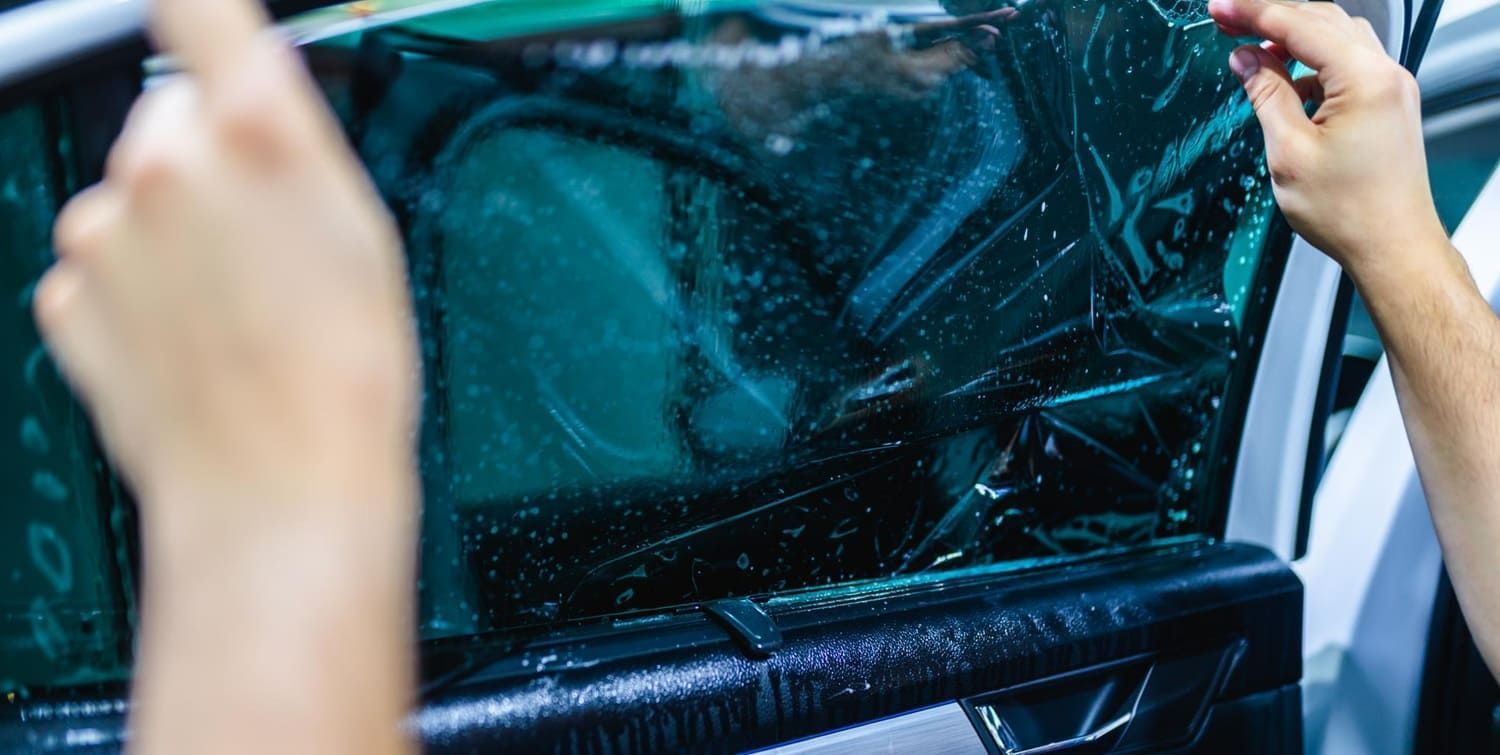
Maintenance Tips to Extend Film Life
Proper maintenance is essential for extending the life of your automotive safety film. Regular care can prevent damage and maintain its appearance.
Firstly, clean the film using non-abrasive cleaning products. Avoid harsh chemicals that can deteriorate the film's surface. Gentle, circular motions with a microfiber cloth are ideal.
Frequent inspections help catch signs of wear early. Look for any peeling, bubbling, or scratches. Addressing issues promptly ensures ongoing protection.
Consider these maintenance tips:
- Clean with mild, non-abrasive solutions.
- Inspect regularly for any signs of damage.
- Avoid parking under direct sunlight for extended periods.
Another key point is avoiding harsh conditions. Limit exposure to extreme weather, when possible, to prevent UV and temperature-related degradation. By following these maintenance tips, you can maximize the durability and effectiveness of your automotive safety film.
Choosing the Right Automotive Safety Film for Longevity
Selecting the right automotive safety film is crucial for maximizing durability and protection. The film's quality is a significant factor impacting its longevity.
When choosing a film, consider thickness and UV protection levels. Thicker films often provide better durability and impact resistance. High UV protection helps prevent interior fading.
Key features to look for include:
- High scratch resistance
- Strong adhesive quality
- Effective UV protection
Evaluate your needs and preferences. Consider factors like climate, typical driving conditions, and aesthetic preferences. Make sure the chosen film complies with local regulations regarding tint and reflectivity. By considering these elements, you ensure that your chosen automotive safety film will last and provide optimal protection.
Frequently Asked Questions About Automotive Film Durability
How long does automotive safety film typically last?
Automotive safety films generally last between 5 to 10 years. The actual lifespan can vary with the film's quality and maintenance.
Does the climate affect film durability?
Yes, climate plays a role. Extreme temperatures and prolonged sun exposure can decrease film longevity. Regular exposure to harsh conditions can accelerate wear.
What affects a film's durability the most?
Several factors impact durability, such as:
- Quality of installation
- Type and brand of film
- Maintenance practices
Regular inspections and proper care are key in maintaining your film's effectiveness and appearance.
Conclusion: Maximizing the Value of Automotive Safety Film
Automotive safety film is an excellent investment for enhancing vehicle safety and comfort. With South Jersey Window Tinting in Medford, NJ, the premier and trusted car window tinting installers near you, you can be confident that you’re getting expert installation and high-quality products designed for maximum protection. Choosing the right film and ensuring professional installation are critical to maximizing its lifespan and performance.
Regular maintenance and proactive care can significantly extend the film’s durability. By selecting a high-quality product and following proper guidelines, and with the support of South Jersey Window Tinting, vehicle owners can enjoy long-lasting protection and peace of mind, knowing their vehicle occupants are safer.
Contact South Jersey Window Tinting in Medford, NJ today for your free estimate and discover the benefits of automotive safety film installed by local professionals you can trust.
FAQs About Automotive Safety Film Lifespan
How long does automotive safety film usually last?
Most films last 7 to 10 years with proper care.
Does sunlight affect safety film lifespan?
Yes. Constant UV exposure can shorten its durability over time.
Can high-quality films last longer than standard ones?
Yes. Premium films resist fading, bubbling, and peeling better.
Does safety film require maintenance?
Only simple cleaning with non-abrasive products is needed.
Will safety film peel off before it expires?
Not if installed correctly and cared for properly.
Does climate impact how long safety film lasts?
Yes. Hot, humid, or coastal climates may reduce lifespan slightly.
Can safety film be replaced when it wears out?
Yes. Old film can be removed and replaced with new protection.
Is the warranty length a good indicator of lifespan?
Yes. Many warranties cover 5 to 10 years, matching typical durability.

